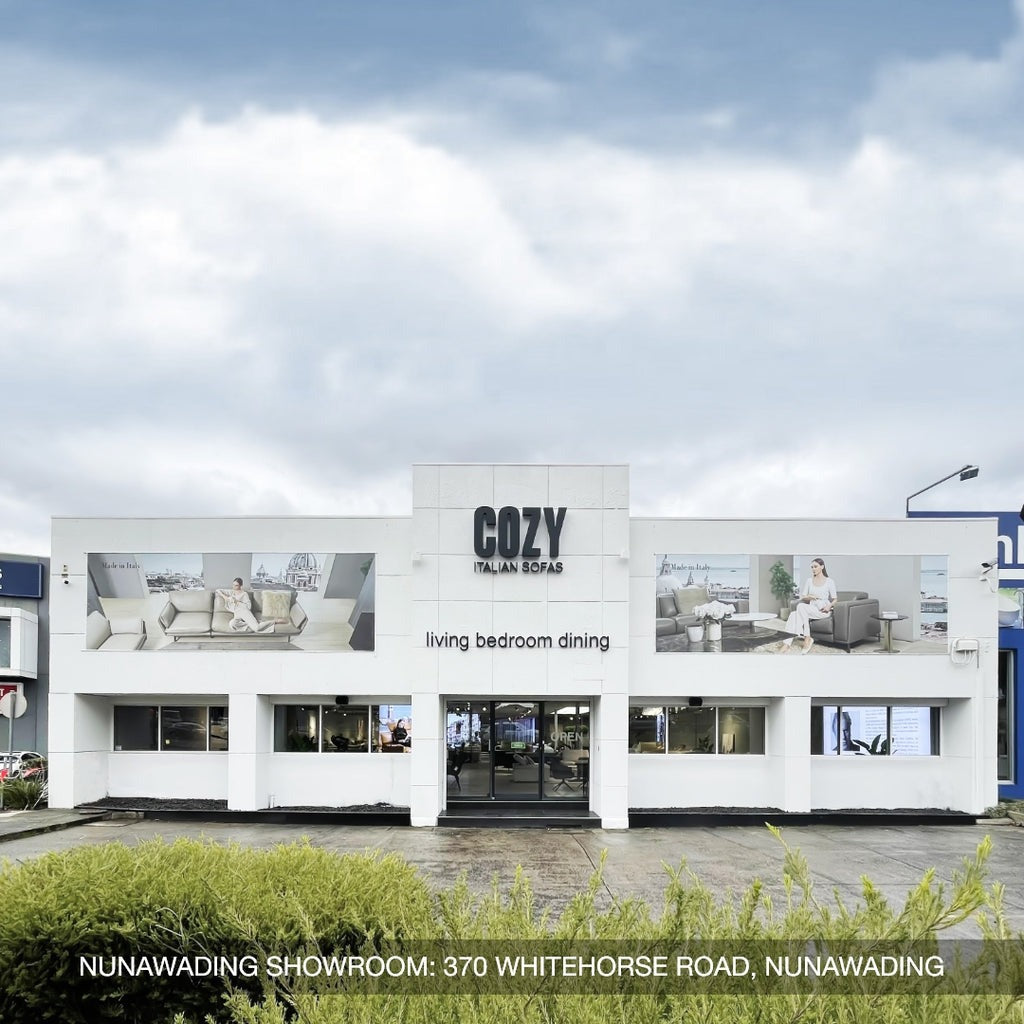The art of layering in interior design is a transformative way to create spaces that feel warm, inviting, and sophisticated. Layers interior decoration brings together various elements, such as fabrics, rugs, and accessories, to create a cohesive and visually appealing environment. This approach, known as layering interior design, allows you to express your personal style while making your home feel uniquely yours. Dive into the world of layering and discover how to elevate your living spaces effortlessly.
Role Of Textures, Colors, And Patterns In Interior Design
Understanding how these elements interact and influence one another is key to creating spaces that not only please the eye but also evoke specific moods and emotions
- Textures: Textures add depth, dimension, and warmth to a space. They can make a room feel more dynamic and inviting. For instance, texture mixing techniques involve combining different materials like wood, metal, fabric, and glass to create a rich, tactile experience. In a living room, a velvet sofa can be paired with a rough jute rug and smooth silk curtains. This interplay of textures not only adds visual interest but also makes the space feel more layered and welcoming. Texture mixing techniques can be further enhanced by incorporating items like knitted throws, woven baskets, and metallic accents, each contributing to the room’s overall depth and warmth.
- Colors: Colors set the mood and tone of a room. They can evoke emotions and influence the perceived size of a space. By applying color combination principles, you can effectively manipulate how a room feels. For example, cool colors like blues and greens can make a space feel calm and serene, while warm colors like reds and yellows can create a cozy and energetic atmosphere. Additionally, lighter colors can make a room appear larger and more open, whereas darker shades can make a space feel intimate and enclosed.
- Patterns: Patterns add personality, character, and visual interest to a space. They can create focal points and make a room more engaging. Using different scales of patterns, such as large florals combined with small geometrics, can prevent visual monotony and ensure a balanced look. For example, living room layering ideas might include a patterned area rug, striped throw pillows, and a floral accent chair. These patterns can draw the eye and create dynamic focal points that anchor the room.

Principles On Layering Textures, Colors, And Patterns In Interior Design
To create a well-balanced and inviting space, begin with a neutral foundation. This could include walls painted in shades like white, beige, or gray, and large furniture pieces in understated colors. This neutral base acts as a blank canvas, allowing you to introduce other elements without overwhelming the room.
Each piece in the room should complement others in size and balance. Large furniture items should be paired with smaller accessories to create a harmonious look. Additionally, when adding artwork, consider varying the sizes to create a balanced gallery wall that adds dimension without feeling cluttered.
A unified color scheme is essential for creating a cohesive and harmonious space. This involves carefully selecting a primary color and incorporating various shades and complementary colors throughout the room. Using color combination principles, you can add pops of contrasting colors through accessories like cushions, vases, or artwork, ensuring these accents enhance rather than disrupt the overall harmony.
Different scales of patterns add depth and interest without overwhelming the space. For instance, a large geometric patterned rug can be complemented by smaller floral or striped patterns in pillows and throws. This mix of scales creates a dynamic yet balanced look, drawing the eye to different focal points within the room. Ensuring that the patterns share a common color theme can further unify the space.

Practical Ways To Layer Textures, Colors, And Patterns In Interior Design
Incorporating Textures
Soft textures bring comfort and warmth to a room. For instance, a plush rug underfoot can create a cozy feel, while velvet upholstery on a sofa or armchair adds a touch of luxury. Knit throws draped over furniture not only provide additional comfort but also introduce a tactile element that enhances the overall sensory experience of the room.
Natural textures like wood, stone, and woven materials connect the interior space with the outdoors, adding an organic feel. A wooden coffee table or stone fireplace can serve as focal points, while woven baskets or jute rugs bring a rustic charm. These elements create a balanced and grounded atmosphere, contributing to the overall layering interior design.
Combining different materials adds visual interest and contrast. Metal and glass elements, such as a glass-top coffee table with metal legs, can introduce a sleek and modern aesthetic. Leather furniture, like a leather armchair, adds richness and sophistication.
Using various fabric types enhances the tactile quality of a space. Linen curtains, woolen blankets, and silk cushions each bring unique textures that contribute to a layered and nuanced design.
Working With Patterns
Bold patterns can serve as statement pieces in a room. Geometric prints, floral designs, and abstract patterns draw the eye and create focal points. For example, a geometric patterned rug can anchor the room, while floral curtains add a touch of elegance.
Combining different patterns can add complexity and interest. Mixing stripes with plaids, for instance, can create a visually stimulating effect. The key is to ensure that the patterns share a common color palette, which helps in maintaining a cohesive look. This technique is especially effective in living rooms and bedrooms where textiles play a significant role.
Patterned textiles can be introduced through curtains, throw pillows, and upholstery. For example, patterned throw pillows on a solid-colored sofa can add pops of interest, while patterned curtains can frame windows and add to the overall aesthetic.
Accent walls with wallpaper or patterned paint can transform a space. A bold wallpaper design can serve as the backdrop for a room, creating a focal point that draws attention.
Harmonizing Colors
Selecting a cohesive color scheme is crucial for creating harmony. A well-chosen palette ensures that different textures and patterns work together seamlessly.
Complementary color palettes, which use colors opposite each other on the color wheel, create vibrant and dynamic looks. Analogous palettes, using colors next to each other, create a more harmonious and serene feel.
Incorporating various shades and hues of the chosen colors can add depth and interest. For instance, using light and dark shades of the same color can create a balanced and layered look. This technique is especially effective in large spaces where a single hue might feel overwhelming.
Color can be introduced through various elements such as paint, fabrics, and accessories. Accent walls, colorful cushions, and vibrant artwork can all contribute to the room’s color scheme. Accessories like vases, lamps, and decorative objects can also add pops of color, enhancing the layering interior design.
Layering Techniques
Start your design with larger surfaces that set the foundation for your room. These primary elements, such as walls, rugs, and upholstery, are essential in establishing the overall aesthetic. These large-scale patterns and textures serve as the backdrop for the rest of your design, providing a base layer upon which you can build.
Once the primary elements are in place, introduce smaller-scale patterns and textures through accessories. This can include items like throw pillows, blankets, and decorative objects. Similarly, a textured vase or lamp can add subtle complexity.
Strategically distributing patterns and textures throughout the room ensures balance and cohesion. Avoid clustering too many patterns or textures in one area, as this can create visual clutter. Instead, spread them evenly across the space. This approach creates a harmonious flow and keeps the eye moving throughout the room.
Incorporate various types of lighting, such as ambient, task, and accent lighting, to add depth and dimension to your space. Each type of lighting serves a different purpose and adds a layer of interest to the room.
Balancing Elements
To prevent overwhelming the space, balance bold patterns with solid colors or subtle textures. For example, a bold floral wallpaper can be paired with solid-colored furniture to create a striking yet balanced look. Similarly, a patterned sofa can be complemented by solid-colored cushions and subtle textured throws.
Combining hard and soft textures adds contrast and depth to your design. For instance, a soft, plush rug can be paired with a sleek metal coffee table, creating a dynamic interplay of textures. Similarly, a leather armchair can be softened with a knitted throw.
Incorporating both smooth and rough surfaces can add visual intrigue to your room. For example, a smooth glass vase placed on a rough wooden table creates a pleasing contrast. Similarly, a rough stone fireplace can be balanced with smooth, polished metal accessories.
A well-balanced color palette includes both warm and cool tones, creating a harmonious and inviting space. For example, if your primary color palette is cool with shades of blue and gray, add warmth with accents of yellow or orange. Conversely, if your palette is warm with reds and browns, introduce cool accents like blues or greens.

Tips For Successful Layering
Mastering the art of layering is like composing a visual symphony for your living space. These practical strategies will empower you to transform any room from flat to fabulous:
- Your intuition is a powerful tool in interior design. Trusting your instincts can lead to innovative and personalized spaces. Don't hesitate to try out different ideas, as experimenting with various styles and elements can uncover unexpected and delightful results.
- Layering interior design thrives on the interplay of contrasting textures, colors, and patterns. Combining unconventional elements can infuse your space with personality and depth.
- Creating a truly unique space often requires stepping out of your comfort zone. Embrace bold choices and innovative design elements that challenge conventional norms. Pushing boundaries can result in a distinctive and memorable interior.
- Successful layering in interior design hinges on the overall composition and flow of the room. Ensure that the various elements you incorporate work together harmoniously. Balance is key; avoid overcrowding a space with too many focal points.
- Layering is a dynamic process that often involves adjustments and refinements. Don't be afraid to tweak your design as you go along. Move furniture, switch out accessories, or change the placement of art pieces until you achieve the desired look and feel.
- Layering interior design is an art form that improves with practice and confidence. The more you experiment and refine your skills, the better you will become at creating beautifully layered spaces. Take inspiration from design magazines, blogs, and social media, but also trust your creative vision. Over time, you'll develop a keen sense for what works and how to achieve a perfectly layered interior.
Conclusion
Layering interior design is all about creating depth and personality in your home by skillfully combining textures, colors, and patterns. Remember, layering is an art that gets better with practice and confidence. Ready to transform your home? Visit COZY to explore a wide range of products that will help you master the art of layering interior design.





